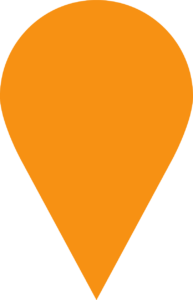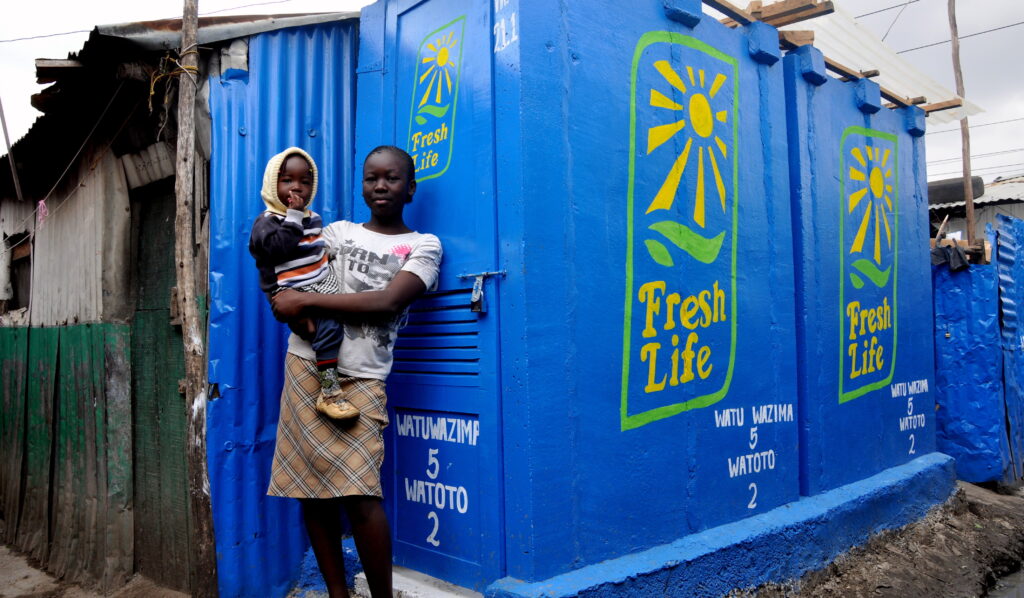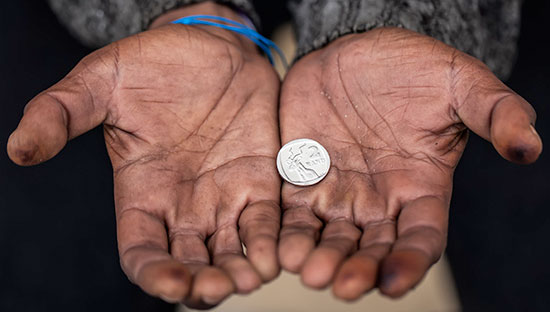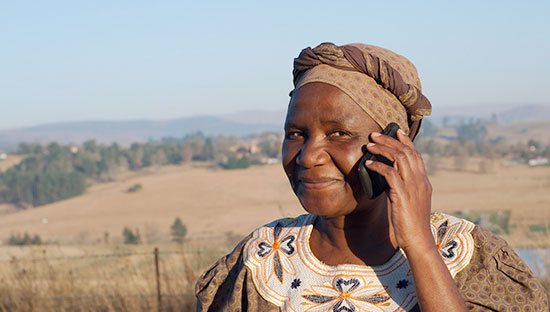Sanergy |  Nairobi, Kenya
Nairobi, Kenya
Objectives
More accurately forecast future waste volume collected across Sanergy’s FLT network.
- Enable updates of forecasts as more data is collected and in response to changing network growth plans.
- Design field study to measure usage at a small number of representative locations to estimate key metrics used to evaluate Sanergy’s impact in improving access to safe sanitation.
Findings
- Created reusable scripts for training a forecasting model to predict future collection volume based on historical data, growth projections, and a field study at sample locations.
- Used results of a two-week field study at a sample of locations to generate estimates of total waste collected and other key usage metrics.
- Built an interactive web application through which technical and non-technical users can view forecasts and explore historical patterns.
Question
Sanergy’s mission is to reach as many people as possible with safe sanitation in dense urban areas without access to sanitation facilities in their home. Their goal is to ensure professional sanitation services are available and affordable to incentivize residents to avoid cheaper informal methods that pollute the environment and create public health risks. To do this, they build and maintain a network of Fresh Life Toilets (FLTs) in Nairobi, Kenya, with plans to expand to other areas. The formulas and assumptions Sanergy previously used to forecast waste pickup and to measure impact had been developed when most customers were using FLTs in commercial areas, and as such weren’t well-suited to operational needs in their growing residential customer base.
Sanergy wanted to use historical data on daily residential waste volume to predict future collection volume based on current and planned network growth. In addition, the organization asked for help designing and analyzing a field survey at a small sample of FLT locations to inform estimates of residential usage and the number of users across the network.
By improving the methods used for these calculations, Sanergy stood to improve their operational efficiency through more accurate estimates of upcoming collection needs, and increase confidence in the impact metrics reported to external stakeholders.
What Happened
The DataCorps team, which included volunteers Cara Crawford, Sarah Eltinge, and Brandon Sollins, completed several tasks to address Sanergy’s data challenges. The team developed a time series forecasting model in R to predict the amount of solid waste that will be collected weekly and monthly across Sanergy’s FLT network. In addition, the volunteer team designed a sampling plan that Sanergy carried out in January 2019, which involved measuring users and the amount of daily solid and liquid waste over a two-week period at 25 FLT locations. Results from the January 2019 study were used to calculate a liquid-to-solid waste ratio used in the forecasting model.
The model predicts future usage based on three data sources:
- Historic data on the size of Sanergy’s network and the amount of solid waste collected in that network on a daily basis.
- Projections from Sanergy of their future network size.
- The waste ratio as measured during the two-week field study.
The team provided easy-to-use instructions to Sanergy, so that the organization can update the forecasts themselves as the network size changes and as more solid waste data becomes available.
The volunteers also created a javascript-based web application through which users can upload results from the forecasting model and the two-week field study and visualize the results. This allows the team to interactively explore patterns and changes over time.
Next Steps
The Sanergy team continues to use the forecasting model, and updates the model weekly with new collection volume data. This tool helps their team to estimate future collection needs, and the model so far has proven sufficiently accurate to help with planning and operations. They’re also currently planning to conduct a larger usage study across a wider sample of locations, which may leverage some of the work done in the earlier two-week data collection effort.
Header image above courtesy of Sanergy.



